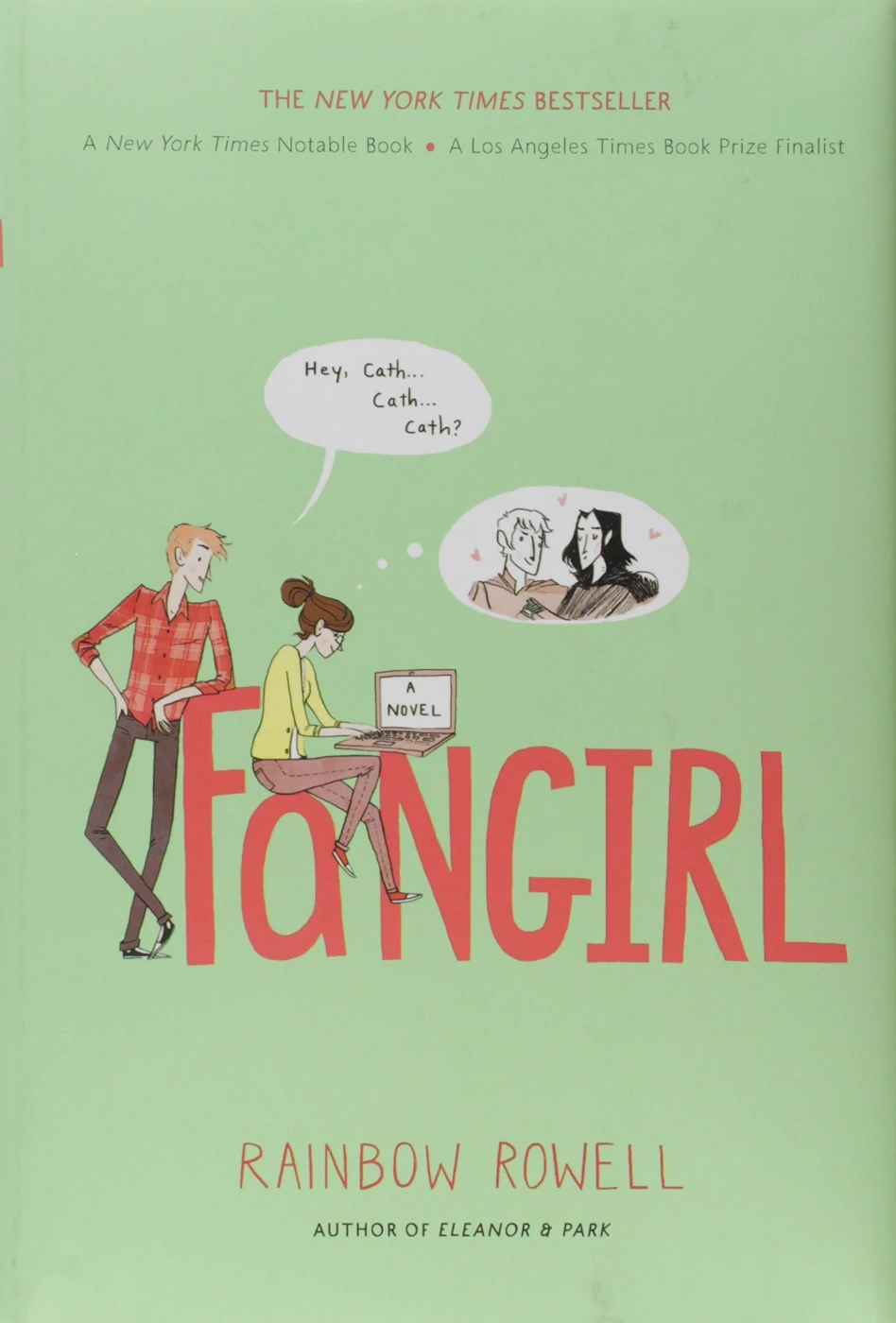
Fan Fiction and Erasures
Words By Lauren Lopez
An aversion to plagiarism has been instilled in us from an early age. When it comes to writing, to creating with the written word, “No stealing” has always been perhaps the most important rule. It got even more serious in academia with plagiarism statements taking up full pages of syllabi and websites like Turnitin tracking every phrase. We’ve learned early and often that unless we write every single word on our own, we run the risk of getting locked up for using the same phrase as Hawthorne.
The first time I had to turn in a paper through Turnitin, I remember seeing the percentage of my paper that was “plagiarized” pop up on my screen like flashing police lights in a rearview mirror. Here was a website that could track how similar my paper was to any source on the internet. Even proper nouns and articles didn’t feel safe anymore.
Perhaps this fearful necessity to be completely original is what makes fan fiction so taboo. Kids who grew up being told plagiarism was absolutely the worst thing ever (murder a man? No big deal. Copy a phrase from a book? Pandemonium) were suddenly finding stories online with the same characters from published books written by entirely different, unauthorized authors. Sure, these stories were practically plagiarism, but they weren’t hurting anyone right? It wasn’t like they existed anywhere except the internet or scribbled in schoolbooks to show friends.
Until, suddenly, they did.
It’s not exactly a secret that Fifty Shades of Grey unfortunately got its start as Twilight fan fiction. Or perhaps even more in our faces now are the books that are being plucked right off of Wattpad and published after a few simple name changes. There’s a whole book series by Anna Todd that sits on my friend’s bookshelf that had its beginning as One Direction fan fiction. The books have the Wattpad logo and her username on them, so their origin is absolutely no secret.
Around the same time that Anna Todd was breaking out of the computer screen and into the publishing world, Rainbow Rowell published Fangirl, a book about a college freshman who is trying to balance her real life with updating her extremely popular fan fiction online. It was the first time I had ever seen fan fiction so normalized in a book. Here was an actual published author, someone older than what I had considered the “fan fiction generation,” acknowledging fan fiction in a positive way. Then, she struck again when she published Carry On two years later, a published version of the fan fiction that Rowell’s main character, Cath, wrote during the plot of Fangirl.
Still, I felt that there was no way this could actually be considered a real art form. Fan fiction would never be as highly regarded as original fiction, even if a lot of times the only similarities between fan fiction and the original work were the names and some of the skeleton character traits. Fan fiction was often just like using a prompt off of a website, and yet, it still felt dirty.
Then I was introduced to black out poetry (also known as erasures) during an after-school program at my local library. We tore pages out of old books and made poems by keeping certain words on the page and erasing the rest with dark markers so that what remained was something completely new. It was a fun activity that I thought of as just that and nothing more
It wasn’t until I became a little more acquainted with the slam poetry scene in college that I realized erasures are much more than a fun little activity. They’re a very serious art form. Poets are able to perform erasures at open mics. Beard Press Poetry has published books of entirely Fall Out Boy or Taylor Swift erasures. Hanif Abdurraqib has a published poem called “The Author Writes the First Draft of His Wedding Vows” which is an erasure of Virginia Woolf’s suicide note to her husband, Leonard. It was originally published online and now has a home in his book, The Crown Ain’t Worth Much.
Even though the erasure form only leaves the words the erasing poet selects, the rest of the text is still kept on the page in white so as to keep the original placement of the remaining words. This gives erasures very unique formats with some words being separated by whole lines or new words being created by taking half of one word and pairing it with half of another. Erasures don’t try to hide that they’ve been taken from something else. Suddenly, something that seemed to have been so taboo, something that was almost akin to plagiarism, is regarded as its own special art form.
At first glance, neither fan fiction nor erasures seem like they should be put in the same categories as other art forms because they’re not original work. Instead these two art forms seem to be more of a tribute to the original work. They’re prompts or jumping off points to get the writer to where they need to go, and it seems to me that there’s nothing wrong with modeling your writing off of someone else you admire. If a world is important to you, but a character’s backstory isn’t touched on, why not write it yourself? Or why not literally take the parts of a song you like and erase the parts you don’t?
It seems less like plagiarism and more like a rebirth.